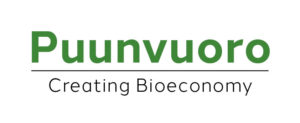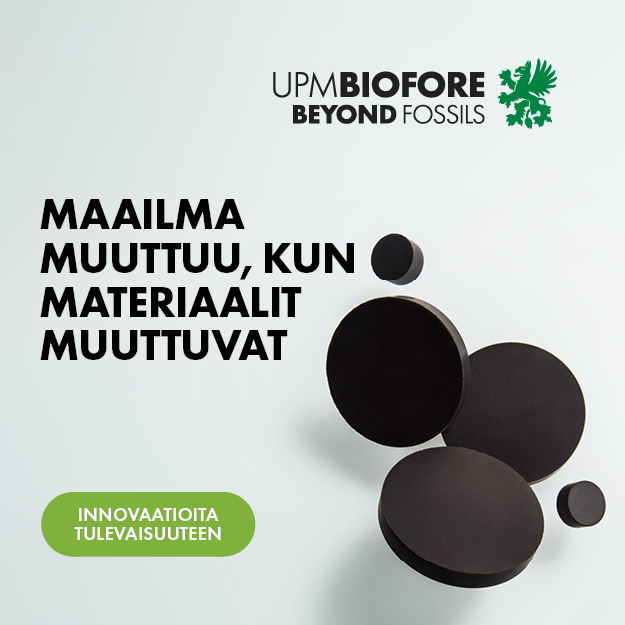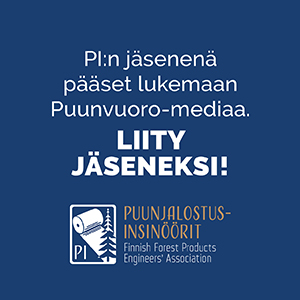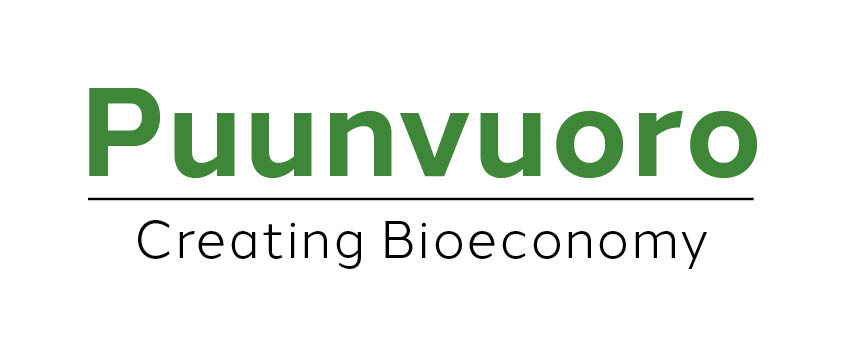A coffee cup looks small in the hands of Matti Hämäläinen. What the CEO of Kotkamills is really holding, however, is a vast, worldwide market: the company has developed a plastic-free, recyclable and biodegradable packaging board that can be used in cups as well as in fast food packages and the packages of frozen products.
The new type of packaging board may be one solution to the massive waste problem. The situation is bad, since millions of tonnes of plastic waste accumulate in the world’s oceans every year.
Disposable cups made from packaging board and coated in plastic may seem like a trivial matter, but they are not.
In the United States, the amount of packaging board used in them every year totals up to a million tonnes. Some 2.5 billion cups are thrown in the bin every year in the UK alone. The UK has indeed taken note of the problem, and a parliamentary group has proposed a 25 pence tax on each disposable cup. There has also been talk about a ban on disposable cups by 2023.
“When the tax came under debate, we immediately started receiving inquires from the UK on whether they could get cups made from our packaging board,” says Hämäläinen.
An environmental tax of the kind has also been in the plans elsewhere. It would certainly steer the choices of cupmakers, in addition to which demand for the recyclable product could also come from another source. According to studies, consumers are willing to pay for eco-friendliness.
“The share of the cup in terms of the overall cost of a café purchase is next to nothing,” says Hämäläinen.
A good addition to recyclable fibre
In the production process of Kotkamills’ Aegle Barrier Light board, the packaging board is given a grease and water-repellent barrier with the help of a water-based dispersion polymer.
Several layers are needed, because each substance whose absorption is to be prevented usually requires its own layer. At the moment, the board can be treated with seven layers of coating, but additional layers will be possible in the future.
The addition of layers increases the product’s range of application. As an example, Hämäläinen mentions packages for greasy animal food and the medicine dosing cups used in hospitals.
“If the package is more or less clean after use, it can be put in the same recycling container as paper. The product consists mainly of short-fibre birch pulp, which is a good addition to the recyclable fibre business.”
Tweaking the recipe
Following the test runs, Kotkamills’ production process is taking shape. It also marks a gradual shift from the production of folding boxboard to the barrier quality.
Hämäläinen says that the biggest technical issue has involved finding a product recipe suitable for different kinds of cup machines. At its fastest, the manufacturing time of a single cup in the machine is only 0.3 seconds, due to which ensuring tight sealing is a major challenge.
“It took us about six months to adjust the recipe in such a way that it works in all of the machines.”
Outdated conceptions
During the course of developing the innovative product, Hämäläinen came across resistance to change. According to him, packaging board people seem a stubborn bunch, starting from the CEO himself to the roll man of the board machine.
“It was very difficult for them to accept that board could be made in some other way than it had always been made before.”
In Kotka, the new culture has been embraced, given that the packaging board is made by former paper workers, due to the mill’s history. Only a few packaging board workers with an open mind were involved in the development process.
“The machine’s technical solutions are unconventional. This is why it’s a good thing that we don’t have operators who would be locked into any particular method of running the machine. Everyone has had to look at things from a new perspective,” says Hämäläinen.
Text: Sami Laakso
Picture: Johannes Wiehn



